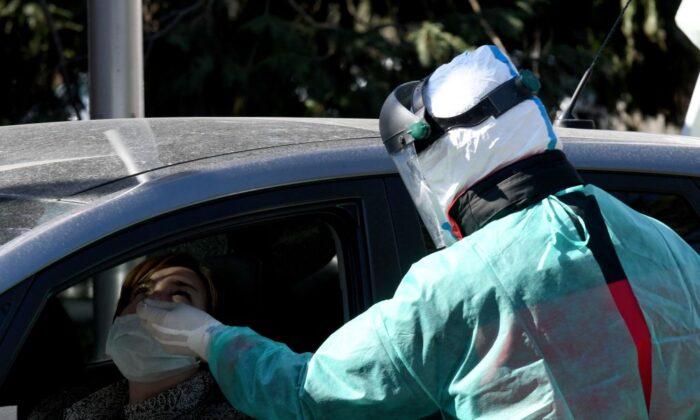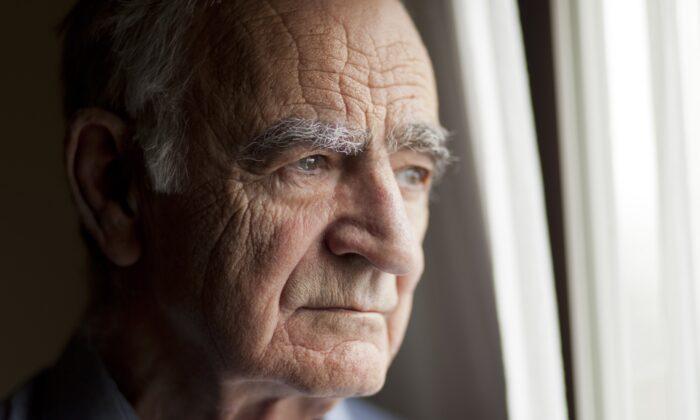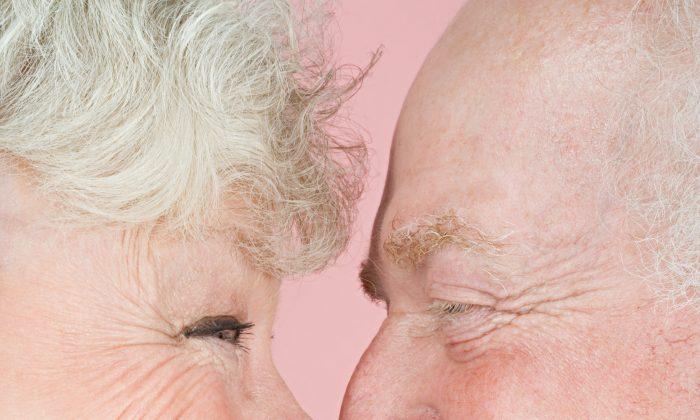Saliva samples are a “preferable” indicator for COVID-19 infection than the deep nasal swabs now widely used, according to a new study.
The study, conducted with 44 inpatients and 98 health care workers, found that saliva samples taken from just inside the mouth provide greater detection sensitivity and consistency throughout the course of infection than the broadly recommended nasopharyngeal (NP) approach.
The study also found less variability in results with the self-sample collection of saliva, researchers say.
The researchers also report that the saliva approach detected SARS-CoV-2 in two asymptomatic health care workers who had previously tested negative for the virus in an NP swab test.
More sensitive and consistent detection is expected to be critical in helping to assess when individuals can safely return to work and when local economies can reopen during the current pandemic.
Nasopharyngeal testing is considered the gold standard for detecting many upper-respiratory tract pathogens.
The study notes that saliva is an appealing alternative to NP swabs because collecting saliva is minimally invasive to patients; saliva samples can be reliably self-administered; and saliva has exhibited comparable sensitivity to nasopharyngeal swabs in the detection of other respiratory pathogens.
The NP testing approach involves inserting a swab deep into the nostril and into the region of the pharynx. The swab is rotated to collect secretions, removed, then sent to a certified lab for analysis.
On April 13, the U.S. Food and Drug Administration gave emergency-use authorization for a saliva-based test for COVID-19 developed by researchers at RUCDR Infinite Biologics, a biorepository backed by Rutgers University. The approved test must be conducted in a health care setting under the supervision of a qualified professional.
“With further validation, the widespread use of saliva sampling could be transformative for public health efforts,” Wyllie said.
“Once tests and laboratories are validated for using saliva, this could be rapidly implemented and immediately resolve many of the resource and safety issues with SARS-CoV-2 testing,” said Nathan Grubaugh, an assistant professor at the Yale School of Public Health and one of the senior authors of the study.




